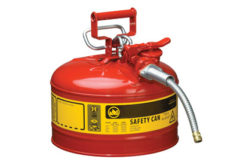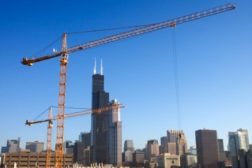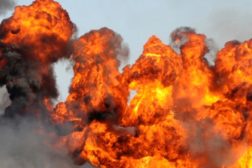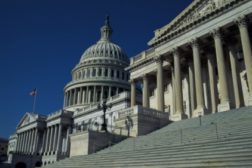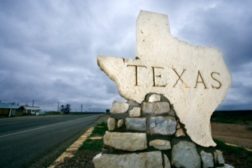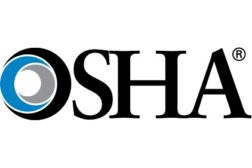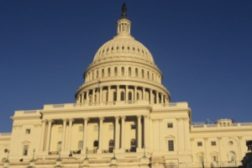Government Safety Regulations
Oil spill commission: improvements made, but…
Arctic environmental safety among top concerns
May 7, 2013
Texas plant disaster reveals fragmented system of oversight
Safety groups call for closing loopholes
April 26, 2013
Worker safety bill faces uphill battle
Measure has tougher penalties for workplace hazards
April 24, 2013
Anti-reg environment to blame for fertilizer plant explosion, says National COSH
Group: Texas has disregard for workers’ well-being
April 23, 2013
GAO gives state workplace safety agencies a failing grade
Lack of resources, high staff turnover affect performance
April 22, 2013
Pending bill would give OSHA more enforcement tools
Changes include felony charges for certain violations
April 22, 2013
White house approves radical radiation cleanup rollback
The radiation guides allow cleanup many times more lax than anything EPA has ever before accepted.
April 17, 2013
Never miss the latest news and trends driving the safety industry
eNewsletter | Website | eMagazine
JOIN TODAYCopyright ©2024. All Rights Reserved BNP Media.
Design, CMS, Hosting & Web Development :: ePublishing
